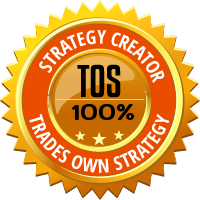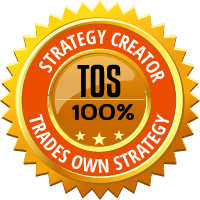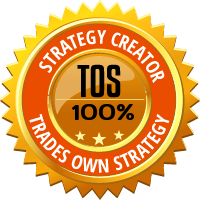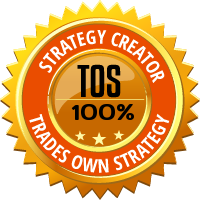Leaderboard
LS ACTIVE 2 HALF
since Apr 09, 2025
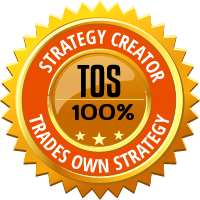
52-Week
High90-day
HighHYBRID NASDAQ
since Apr 09, 2025
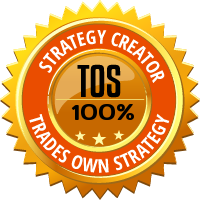
52-Week
High90-day
HighLS ACTIVE 2 X
since Apr 09, 2025
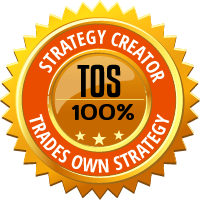
52-Week
High90-day
HighHYBRID SnP 500
since Apr 09, 2025
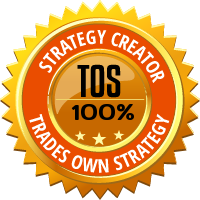
52-Week
High90-day
HighTPP LEVERAGED DAX 40
since Aug 12, 2024
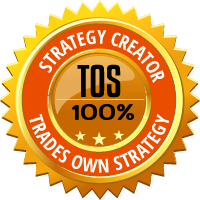
52-Week
High90-day
HighLoF FTSE TECH ENTRY
since Feb 08, 2024
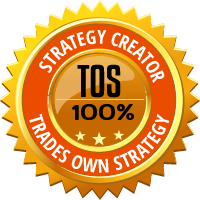
52-Week
High90-day
HighHYBRID US SMALL CAP
since Apr 11, 2025
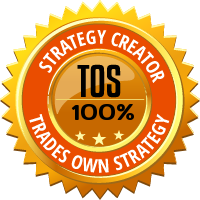
52-Week
High90-day
HighLoF CAC TECH ENTRY
since Feb 08, 2024
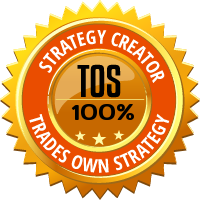
52-Week
High90-day
HighHYBRID DOW
since Apr 09, 2025
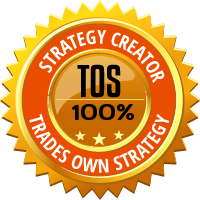
52-Week
High90-day
HighLS EUROPEAN STOCK BASKET
since Oct 29, 2020
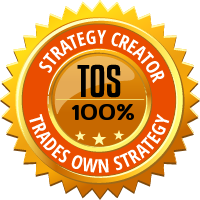
52-Week
High90-day
HighLoF DAX MICRO
since Oct 03, 2022
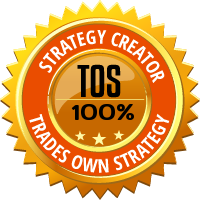
52-Week
High90-day
HighLoF CAMBRIDGE FUTURES
since Sep 23, 2020
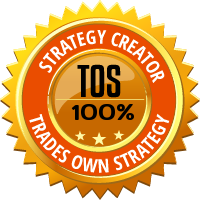
52-Week
High90-day
HighAMERICAN ALPHA
since Oct 07, 2022
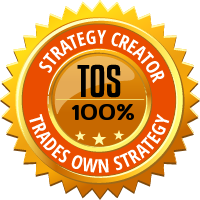
52-Week
High90-day
HighFTSE LEVERAGED TRACKER
since Aug 03, 2020
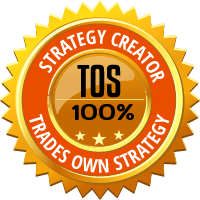
52-Week
High90-day
HighTPP LEVERAGED EUROPE 600
since Aug 12, 2024
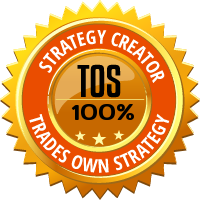
52-Week
High90-day
HighPERSHING SELECTION
since Sep 07, 2023
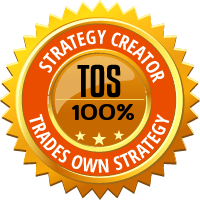
52-Week
High90-day
HighTHE BUFFETT TRACKER
since Mar 28, 2023
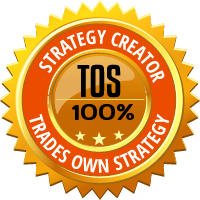
52-Week
High90-day
HighEUROPE 600 HYBRID
since Feb 11, 2025
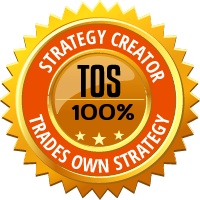
52-Week
High90-day
HighLOF STOXX TECH ENTRY
since Aug 26, 2025
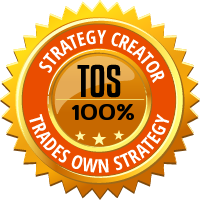
52-Week
High90-day
HighTPP LEVERAGED DOW
since Aug 12, 2024
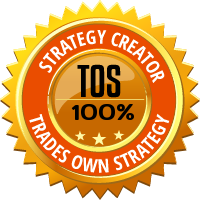
52-Week
High90-day
HighLoF FTSE DIP
since Aug 03, 2020
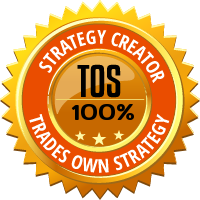
52-Week
High90-day
HighCAC LONG or FLAT
since Mar 07, 2022
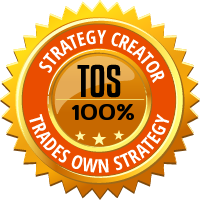
52-Week
High90-day
HighTPP LEVERAGED CAC 40
since Aug 12, 2024
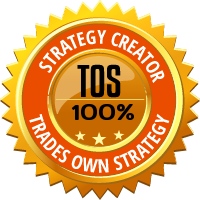
52-Week
High90-day
HighThis is worst peak-to-valley drawdown % experienced by the hypothetical Model Account for this trading strategy.
This is considered useful information by some people, but it does not suggest that future drawdowns will be smaller than this. It is always possible that future drawdowns will be larger than this amount.
This is the smallest possible starting capital with which you may trade this strategy.
This number is based on the strategy's historical trading pattern. If the strategy doesn't change the way it trades, it is possible to trade the strategy in a broker account using this amount of capital, as long as you set your AutoTrade "Scaling Factor" appropriately. (You'll be able to specify your Scaling Factor -- how big or small to make trades -- when you set up AutoTrading in a broker account.)
In some cases, it is possible to trade a system with less than this amount, but this will increase risk, since it increases the chance that a "expected" drawdown will cause your account to go to zero, preventing any participation in any subsequent profits.
Remember that all trading is risky, that there is no guarantee of profits, and that drawdowns in the future may be higher than drawdowns that occurred in the past.
TPP's Heart-Attack Index is a completely scientific measurement of the probability of your having a heart attack if you follow this strategy with real money.
Just kidding.
Here's what it really is. The Heart-Attack Index is a relative ranking of the strategy's performance during Monte Carlo simulations run by TPP's servers, in which thousands of simulations are run, again and again, and TPP tries to measure the probability of substantial drawdowns based on past performance.
Low numbers are good. High numbers are bad. (Unless you are a cardiologist, in which case high numbers will mean brisk business for you.)
Remember that even a low number here does not mean that the strategy is "low-risk." All trading is inherently risky, and you can lose all your money at any time, despite what a number on a computer screen indicates.
The Profit Factor, also known as the Win:Loss ratio, is the ratio of total dollars of profit divided by total dollars of loss.
All results are hypothetical data. Learn what this means. Remember: trading is risky. You can lose money.
About these results
About the results you see on this Web site
Past results are not necessarily indicative of future results.
These results are based on simulated or hypothetical performance results. Hypothetical performance results have many inherent limitations, some of which are described below. No representation is being made that any account will or is likely to achieve profits or losses similar to those shown. In fact, there are frequently sharp differences between hypothetical performance results and the actual results subsequently achieved by any particular trading program.
One of the limitations of hypothetical performance results is that they are generally prepared with the benefit of hindsight. In addition, hypothetical trading does not involve financial risk, and no hypothetical trading record can completely account for the impact of financial risk in actual trading. For example, the ability to withstand losses or to adhere to a particular trading program in spite of trading losses are material points which can also adversely affect actual trading results. There are numerous other factors related to the markets in general or to the implementation of any specific trading program which cannot be fully accounted for in the preparation of hypothetical performance results and all of which can adversely affect actual trading results.
You may be interested to learn more technical details about how TPP calculates the hypothetical results you see on this web site.
Material assumptions and methods used when calculating results
The following are material assumptions used when calculating any hypothetical monthly results that appear on our web site.
- Profits are reinvested. We assume profits (when there are profits) are reinvested in the trading strategy.
- Starting investment size. For any trading strategy on our site, hypothetical results are based on the assumption that you invested the starting amount shown on the strategy's performance chart. In some cases, nominal dollar amounts on the equity chart have been re-scaled downward to make current go-forward trading sizes more manageable. In these cases, it may not have been possible to trade the strategy historically at the equity levels shown on the chart, and a higher minimum capital was required in the past.
- All fees are included. When calculating cumulative returns, we try to estimate and include all the fees a typical trader incurs when AutoTrading using AutoTrade technology. This includes the subscription cost of the strategy, plus any per-trade AutoTrade fees, plus estimated broker commissions if any.
- "Max Drawdown" Calculation Method. We calculate the Max Drawdown statistic as follows. Our computer software looks at the equity chart of the system in question and finds the largest percentage amount that the equity chart ever declines from a local "peak" to a subsequent point in time (thus this is formally called "Maximum Peak to Valley Drawdown.") While this is useful information when evaluating trading systems, you should keep in mind that past performance does not guarantee future results. Therefore, future drawdowns may be larger than the historical maximum drawdowns you see here.
Trading is risky
There is a substantial risk of loss in futures and forex trading. Online trading of stocks and options is extremely risky. Assume you will lose money. Don't trade with money you cannot afford to lose.
Minimum Capital Required
This is our estimate of the minimum amount of capital required to follow a strategy, assuming you use the smallest reasonable AutoTrade Scaling % for the strategy.


